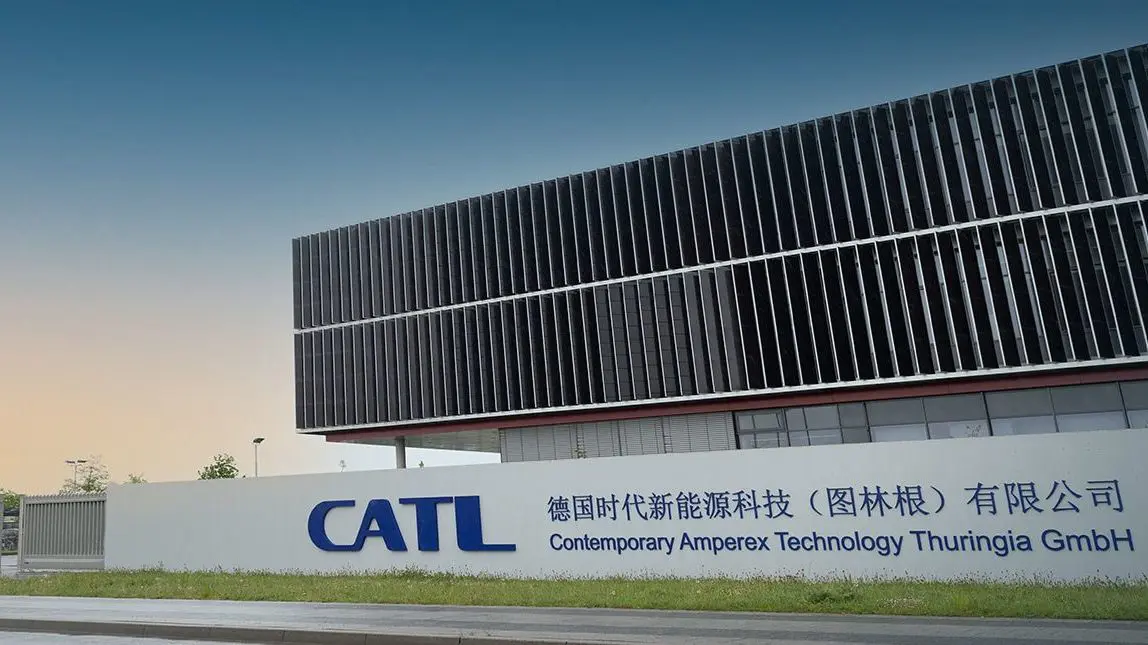The world's biggest battery manufacturer CATL will start producing new LFP cells with 15 percent more energy density, thanks to manganese added to its chemistry.


The world’s biggest battery manufacturer CATL will start producing new LFP cells with 15 percent more energy density, Chinese media reported. This new lithium-ion cell can hold significantly more energy than traditional LFP solutions, thanks to a new cathode material that contains manganese. CATL concluded the necessary tests on its brand-new cell chemistry and has already started to prepare for production in the second half of 2022.
LMFP (Lithium manganese iron phosphate) is the new way forward for the Chinese LFP cell manufacturers, as this new technology can overcome LFP’s most important shortcoming against NMC/NCA cells, which is dramatically lower energy density. To commercialize its new tech, CATL spent more than $60 million last year to purchase a 60% stake at an LMFP cathode material producer called Lithitech last year.
There are several ongoing R&D projects that aim to make LFP cells hold more energy, and LMFP is probably the closest candidate to launch onto the market right now. Aside from CATL, BYD, Sunwoda, and EVE have also been developing similar cathode technology for the near future. Gotion High-tech, another Chinese LFP cell maker, already announced that their LFP cell enhanced with manganese is going to be in production next year or so.
Due to higher prices on materials used in leading cathode solution NMC, LFP battery cells have gained traction in the last couple of years. LFP offers a longer life cycle, increased safety for EVs, less heating, and cheaper manufacturing costs. According to Chinese market reports, LFP has been the most popular choice among electric vehicles since July 2021.
LFP cells dominated the EV battery market in China with a 59% market share in the first six months of this year. NMC had shrunk to 41 percent and has kept losing big accounts such as Tesla to LFP producers. In global terms, NMC will hand down its crown to LFP by 2028, analysts predict.